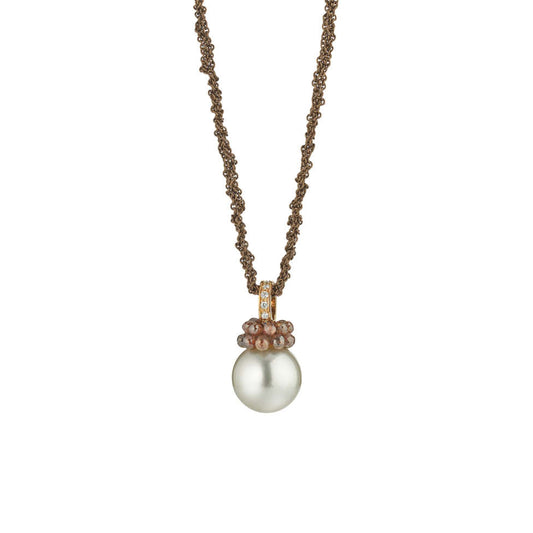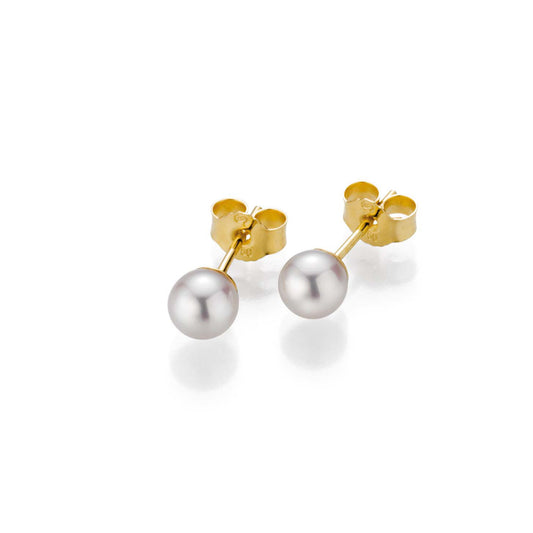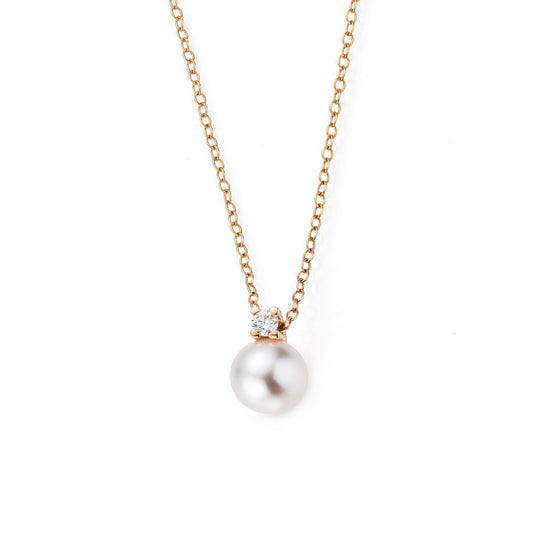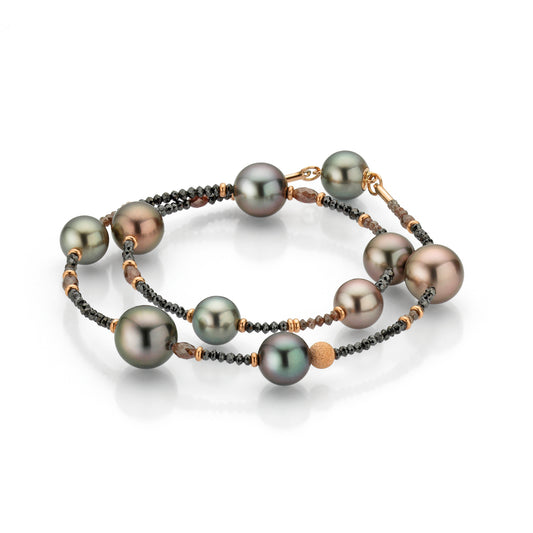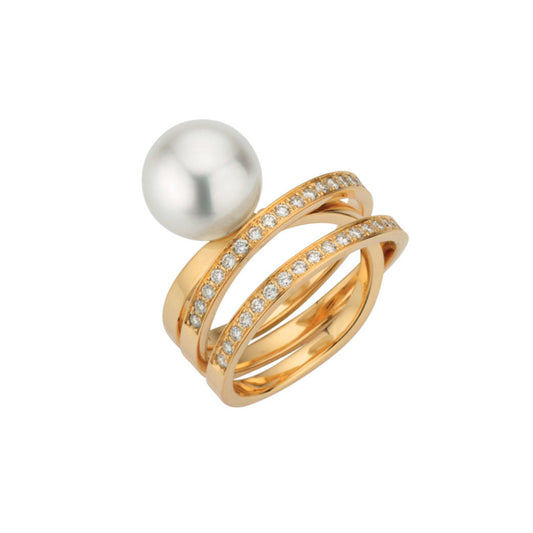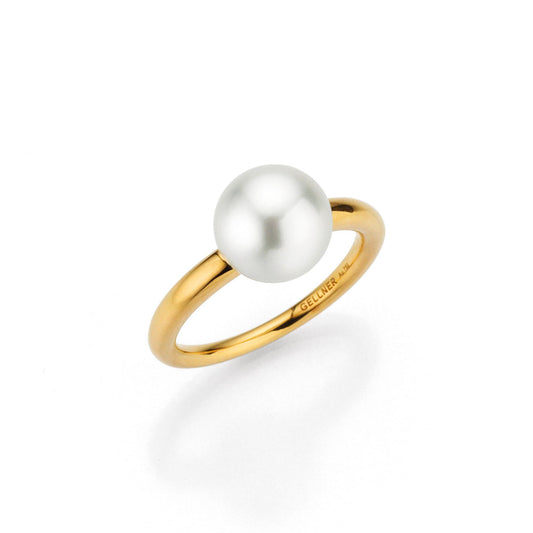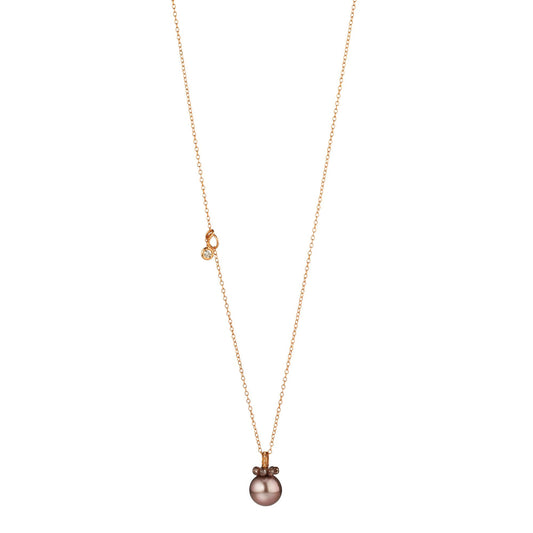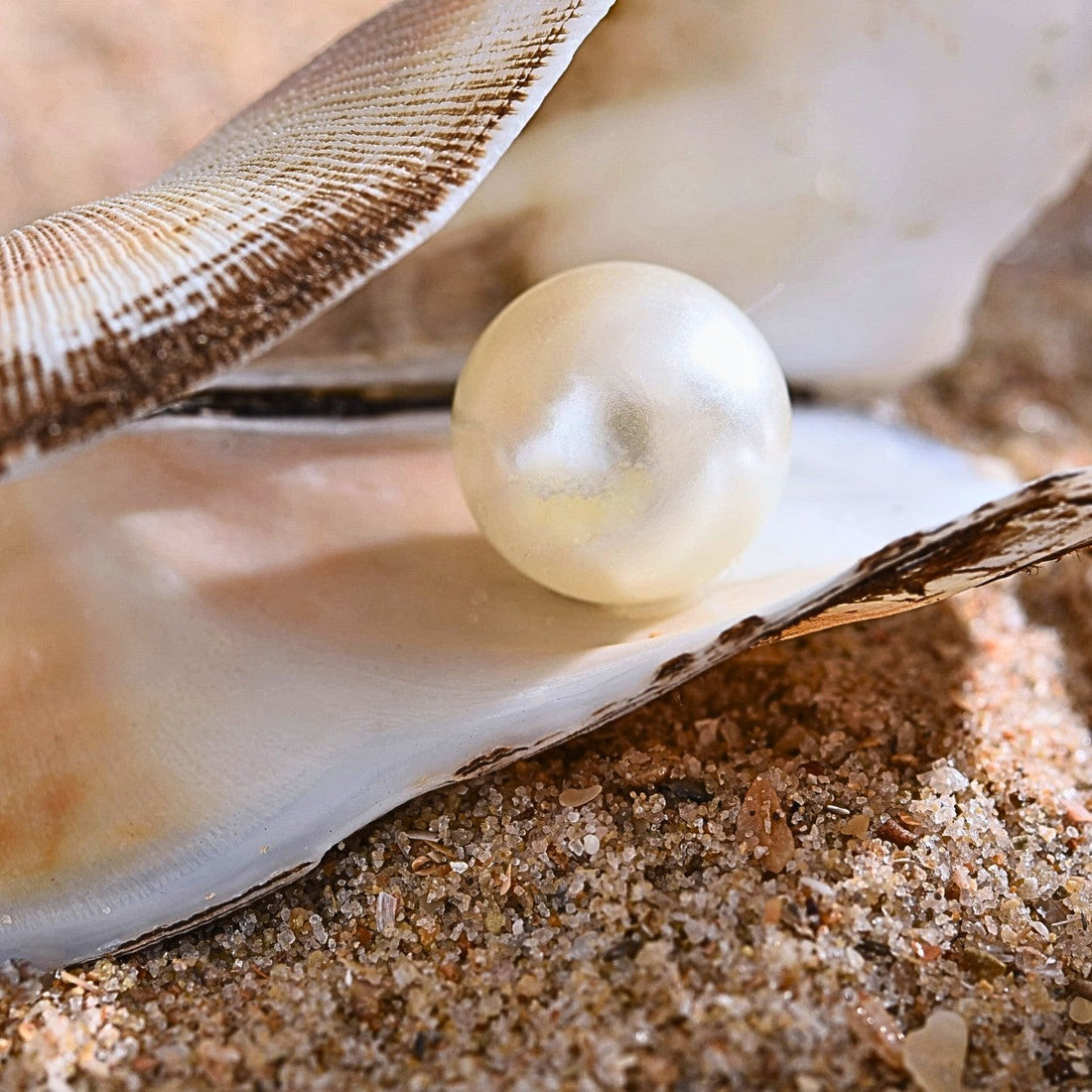
Real pearls: treasures from the sea
Immerse yourself in the fascinating world of the oceans and discover the timeless elegance of genuine pearls. In today's blog post, we reveal the secrets hidden deep beneath the water's surface. Learn more about the unique beauty and history of these precious treasures from the ocean. Be enchanted by the grace and sophistication of genuine sea pearls and immerse yourself with us in a world of luxury and elegance.
- Fascination of sea pearls
- Real phenomena of nature
- Infinite variety of genuine pearls
- Differences between natural and cultured pearls
- Caring second career of pearls
- The most frequently asked questions
The fascination of sea pearls
The allure of sea pearls has always held a magical power in the world of jewelry. These natural treasures from the depths of the oceans possess an incomparable elegance and grace that captivates every beholder. These pearls, considered true treasures, are created through years of mysterious processes.
"Whoever wants to find pearls must dive to the bottom of the sea ," wrote the Persian mystic Jalal ad-Din ar-Rumi. Their origin in the darkness is part of the mysterious attraction of pearls. They awaken longings precisely because they rest in the depths of the ocean and hold the promise of perfect beauty. Pearls are true treasures from the sea!
For every diver, finding a pearl is like finding a precious treasure. Indeed, only one in every 3,000 shells, for which one must dive to the seabed, contains one of these natural beauties.

Real phenomena of nature
This rarity, but above all the almost perfect beauty of the round shape, always arouses desire - and has done so for many hundreds, even a thousand years.
As early as 960 AD, during the Song Dynasty in ancient China, the special treasures of the sea were valued. The so-called "Buddha pearls" were the original form of pearl cultivation. Small ivory figures were glued to the inside of a living mussel, thereby stimulating its self-healing instinct: To protect its sensitive interior, the mussel covered the foreign body with mother-of-pearl—a natural phenomenon.
Speaking of which: Nature is finite, its treasures are limited, and due to desire and high demand, people's desire for pearls can no longer be satisfied. So it is quite fortunate that the Japanese Kokichi Mikimoto developed a breeding process for growing pearls artificially over 100 years ago. His trick was as simple as it was ingenious: The resourceful Asian implanted a round pearl core and a piece of nacre-forming tissue into an Akoya shell. Layer by layer, the first perfectly round pearl was created, one that was no longer distinguishable from a naturally grown one. After understandable initial skepticism, cultured pearls now make it possible to meet the demand for these coveted sea beauties.
Infinite variety of genuine pearls
The selection of pearls is now as diverse as it is colorful. South Sea pearls are considered the queen of pearls and come from silver- and gold-lipped oysters. They are primarily white to silvery. Akoya pearls from Japan are something of a classic with their delicate shimmer. Tahitian pearls shine mysteriously in silver to black, but also in green or eggplant colors. Freshwater pearls from China, with their pink luster, sometimes have bizarre shapes—and these are precisely what inspire jewelry designers to create exciting creations.

Table: Comparison of pearl types and their properties
| Pearl type | Origin | Color | Special features |
|---|---|---|---|
| Akoya pearls | Japan, China | White, Cream | High gloss, perfect roundness |
| Freshwater pearls | China | White, pink, lavender | Diverse shapes, cheaper |
| Tahitian pearls | French Polynesia | Black, Green, Blue | Dark, exotic colors |
| South Sea pearls | Australia, Indonesia | Gold, white | Larger size, rarer, high price |
Differences between natural and cultured pearls
The differences between natural and cultured pearls are fascinating and play a crucial role in the world of jewelry. Natural pearls form purely by chance in shells when a foreign body penetrates and coats the shell with nacre, while cultured pearls are created through human intervention. These artificially created pearls are carefully placed in shells to initiate growth. The process can take several years, but the result is perfectly formed, high-quality pearls.
Natural pearls are unique, as no two are alike. Their luster and color are incomparable and exude a timeless elegance. Cultured pearls, on the other hand, offer a wider selection of shapes, sizes, and colors that can be customized to suit the needs of your jewelry design.
Both types of pearls have their own charm and value, but for lovers of the sea and nature, natural pearls will always hold a special place in their hearts. In our exclusive range, you'll find an exquisite selection of genuine sea pearls that will enhance your beauty and complement your style. Dive into the mysteries of the deep and discover the true elegance of nature – only at Roseneck, your trusted jeweler.
Caring second career of pearls
Cultured pearls that can't be further processed for jewelry are ground and used to enhance cosmetics, for example. They can also be used as scrubs or creams to conjure up a seductive shimmer on the skin.
FAQ about pearl necklaces
1. How do I recognize the quality of a pearl necklace?
The quality of pearls is determined by factors such as luster, surface, shape, and size. High-quality pearls are usually round, have an intense luster, and a smooth surface with no visible flaws.
2. Are freshwater pearls or Akoya pearls better?
It depends on the intended use. Akoya pearls are generally rounder and lustrous, making them ideal for classic jewelry. Freshwater pearls offer more shapes and colors and are often more affordable.
3. How should I store my pearl necklace?
Pearls should be stored separately from other jewelry, ideally in a soft pouch or fabric-lined jewelry box to avoid scratches.
4. Can I wear my pearl necklace every day?
Yes, regular wear can actually benefit the pearls. However, be sure to wipe the necklace after wearing to remove any sweat or perfume residue that could impair its shine.
